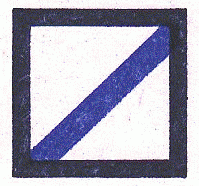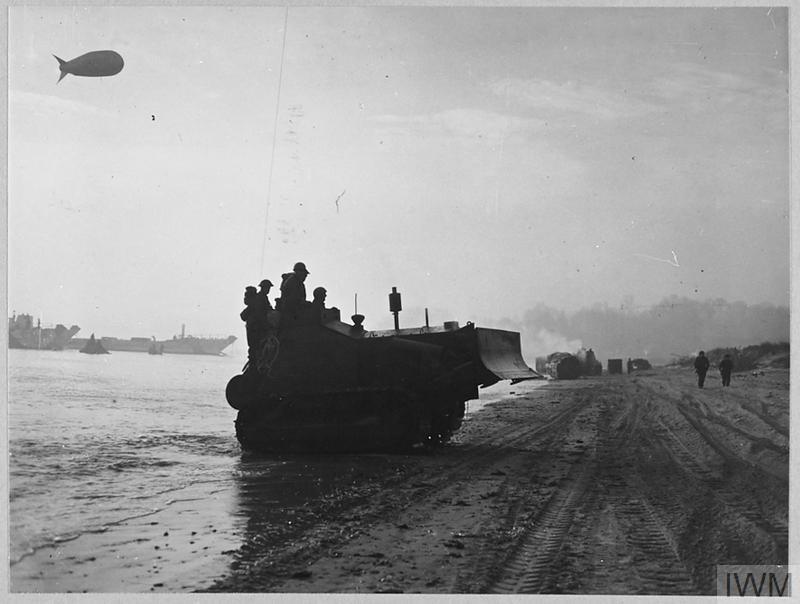Exercise “FABIUS” was intended to be a rehearsal for Operation “NEPTUNE”. It took place at the beginning of May 1944.and was really six separate exercises. It followed Exercise “TIGER”, a separate rehearsal for Assault Force “U” (the U.S. force for the “UTAH” assault area) that took place at the end of April 1944 at Slapton Sands. The six parts of Exercise “FABIUS” were:
- FABIUS I – Rehearsal for Assault Force “O” – U.S. troops destined for the “OMAHA” assault area embarked in the Portland/Weymouth area and landed at Slapton Sands.
- FABIUS II – Rehearsal for Assault Force “G” – elements of the British 50th Division and attached units embarked at Southampton and Lymington and landed at Hayling Island.
- FABIUS III – Rehearsal for Assault Force “J” – elements of the Canadian 3rd Division and attached units embarked at Southampton and Gosport and landed at Bracklesham Bay.
- FABIUS IV – Rehearsal for Assault Force “S” – elements of the British 3rd Division and attached units embarked at Gosport and Portsmouth and landed at Littlehampton.
- FABIUS V – Rehearsal for the embarkation of British follow-up forces in the Thames Estuary and East Coast ports (Assault Force “L”).
- FABIUS VI – Rehearsal for the marshalling of British and U.S. build-up forces in the Southampton and Portsmouth area.
Since most of the landings were made in inhabited areas, no live firing was done except in “FABIUS I”
R.A.F. beach units were involved as follows:
No. 4 R.A.F. Beach Squadron and No. 980 R.A.F. Beach Balloon Squadron took part in “FABIUS II”
No. 2 R.A.F. Beach Squadron and No. 974 R.A.F. Beach Balloon Squadron took part in “FABIUS III”
No. 1 R.A.F. Beach Squadron and No. 976 R.A.F. Beach Balloon Squadron took part in “FABIUS IV”
From the movement planners point of view, it was generally considered that Exercise “FABIUS” was much more difficult than the actual operation.
“It was necessary to make constant amendments to landing tables, which were often received 24 hours late, and one of them needed to be entirely re-written. Much confusion arose over certain units not having the complete establishment of vehicles and weapons which had been arranged, and this led to short loading.
A further unexpected innovation was the provision of balloons and balloon crews for craft. Some of the balloon crews got lost in the marshalling areas. A point brought out in this Exercise was the importance of punctual arrival and correct berthing of craft, for congestion at embarkation points resulted if time-tables were not properly followed.
Little time was left for digesting the lessons learned from Exercise “Fabius” for which the final report was only completed on 9th May. Only some three weeks remained before the target date, “Y” day (1st June), when all was to be ready.” 1
The weather was not favourable and this led to some landings being delayed or cancelled. However the official history of the Canadian Army felt able to conclude that, “In spite of this, “FABIUS” produced valuable results, particularly in the practice it afforded in the marshalling, embarkation and sailing of the assault forces.” 2
1 “Movements”, compiled by Major J B Higham and E A Knighton, Esq, MBE, published by The War Office 1955
2 Official History of the Canadian Army, The Victory Campaign, Chapter II, The Canadian Army and the Invasion Project, seen at http://www.ibiblio.org/hyperwar/UN/Canada/CA/Victory/Victory-2.html#fn26#fn26

